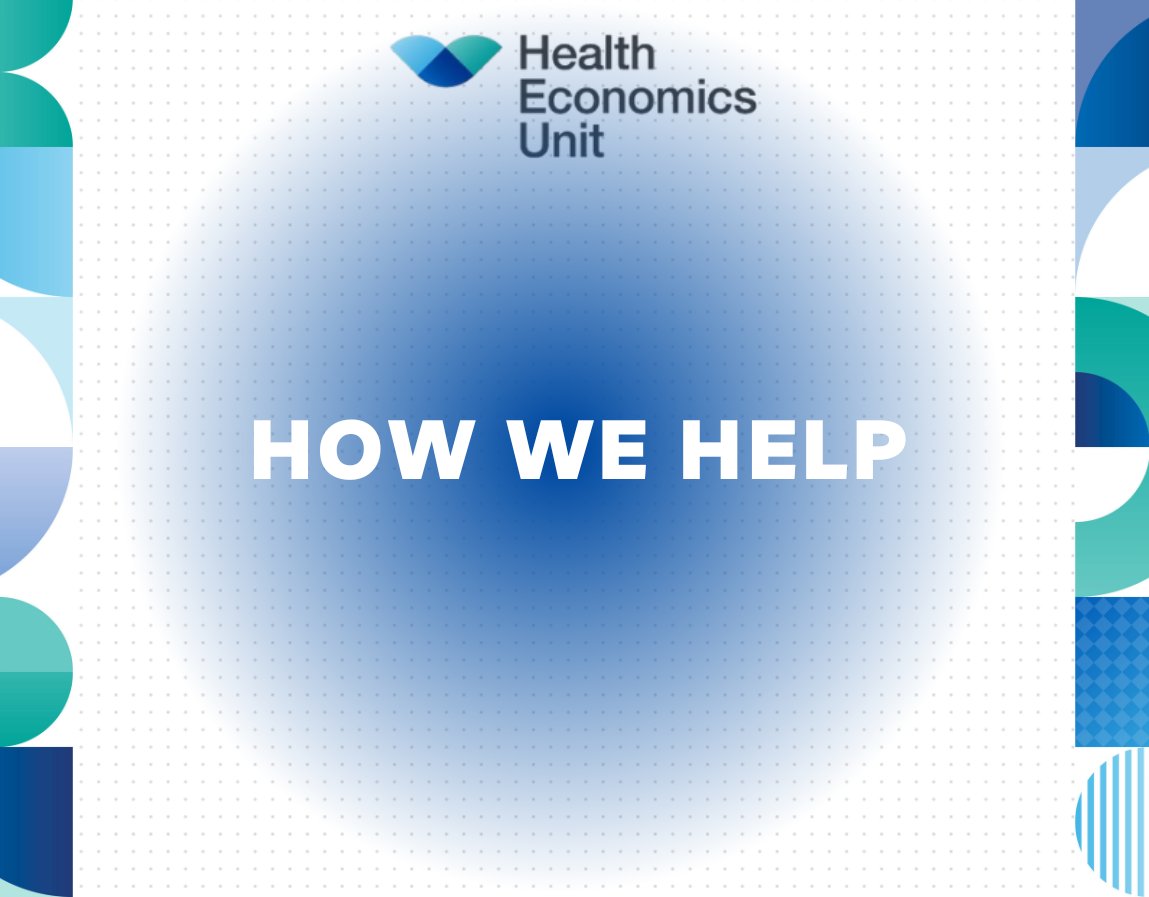When healthcare pathways cross multiple organisations, how do we identify the most impactful places to direct resources? The Smarter Spending in Population Health (SSPH) programme, brings together stakeholders from across systems and inputs their insights directly into the analytics, helping to identify opportunities for maximum impact on population health.
This first-of-its-kind programme combined desktop analysis, collaboration and engagement, and intelligent modelling, to identify actionable opportunities within existing budgets. The insights gathered offer the opportunity not only to more optimally reallocate resources to prevent and treat disease, but also to reduce health inequalities.
Delivered for the Midlands Decision Support Network by the Health Economics Unit(HEU), the first year of the SSPH programme collaborated with five ICSs/Places: Coventry Place, Northamptonshire, Nottingham and Nottinghamshire, Gloucestershire and Birmingham and Solihull.
Stakeholders were brought together in the form of Decision Conferences, where patients and frontline workers shared the table with chief executives and finance officers, giving their insights into treatments and interventions.
The HEU’s expert analysts took the results of these conferences and used the STAR method of allocative efficiency to create actionable insights in a format which decision makers could use to create immediate impacts.
Empowering COPD patients and providers
The first year of the SSPH programme focused on the programme partners’ Chronic Obstructive Pulmonary Disorder (COPD) pathways. By engaging with stakeholders at every step of the process the HEU was able to turn their insights and experience into data for analysis, using innovative allocative efficiency techniques.
Across 10 decision conferences, the HEU engaged more than 100 stakeholders directly, including patients, ICS employees, clinicians from primary, secondary and community care, public health professionals, tobacco control leads and more. On top of this more than 500 patients responded to a patient preference survey, the results of which were used to inform decision making in the ICSs.
This approach ensured that a diverse range of perspectives were included in the analysis, with participants feeding directly into the modelling, allowing the HEU to visualise complete pathways and clearly describe the costs and impacts of treatments and interventions.
By using the Socio-technical Allocation of Resource (STAR) method, an approach to priority setting using the principle of allocative efficiency, the HEU helped the programme partners discover new areas for potential focus and maximum impact from their budgets to make a difference to the lives of thousands of COPD patients across their areas.
Bridging the gap between data and action
Following the programme analysis the SSPH team have collaborated with the partner ICSs and Places to create actionable insights, helping them to focus on the areas for biggest impact on the COPD pathway.
There were some common themes across all five of the ICSs in terms of their priority areas where interventions will save money and generate population health. These included:
- Maximising Virtual Ward Capacity: Expanding virtual care capabilities to reduce hospital admissions and improve patient access to care.
- Implementing Risk-Based Screening: Identifying undiagnosed COPD cases through targeted screening programs.
- Initiating Group Consultations: Enhancing patient education and support through group-based interventions.
- Improving Patient Education: Empowering patients with knowledge and self-management skills to improve their quality of life.
In Northamptonshire ICB project insights have already been used to inform a respiratory plan focusing on improving respiratory care for the ICB’s population. More ICSs and Places are expected to adopt programme insights into their COPD pathways.
The HEU is now leading SSPH programmes across more health and care complex systems. If you would be interested in working with us contact us here.
